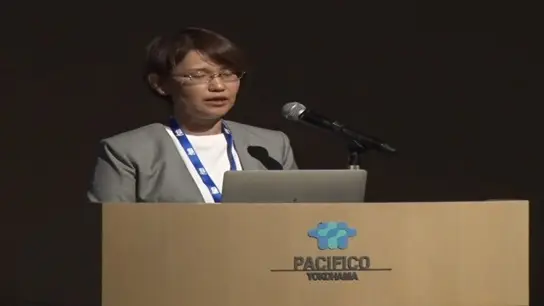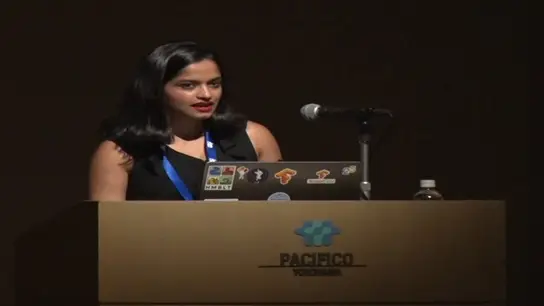-
Members: FreeCIS
IEEE Members: Free
Non-members: FreeLength: 00:54:51
09 Oct 2019
Lawrence Hall, University of South Florida, FL, USA
Abstract: Consider looking for interactions in and between social networks such as Github, Twitter and Reddit. If, at the hourly level, you want to predict events or cascades or the effect of one entity on another, there is an enormous amount of data to analyze. Now, consider non-invasive medical image data, there is never as much data easily available as one would prefer. However, the data can be used to make useful predictions about prognosis and treatments. This talk will discuss approaches using (deep) learning to do predictions from big social network data and smaller medical image data sets, with successes, pitfalls and how fuzzy approaches can help. Some examples are for big data, even when labels exist, there are likely groups to be discovered by scalable fuzzy clustering. Temporal message and event boundaries are fuzzy with sent and �actually� sent times having some spread due to system delays. This talk will discuss challenges, results, and opportunities to improve performance using fuzzy techniques.
Abstract: Consider looking for interactions in and between social networks such as Github, Twitter and Reddit. If, at the hourly level, you want to predict events or cascades or the effect of one entity on another, there is an enormous amount of data to analyze. Now, consider non-invasive medical image data, there is never as much data easily available as one would prefer. However, the data can be used to make useful predictions about prognosis and treatments. This talk will discuss approaches using (deep) learning to do predictions from big social network data and smaller medical image data sets, with successes, pitfalls and how fuzzy approaches can help. Some examples are for big data, even when labels exist, there are likely groups to be discovered by scalable fuzzy clustering. Temporal message and event boundaries are fuzzy with sent and �actually� sent times having some spread due to system delays. This talk will discuss challenges, results, and opportunities to improve performance using fuzzy techniques.


